Each life lesson we experience is rooted in an imbalance or blockage in the flow of color rays through our being. Fluorite Rainbow’s design marries Fluorite’s ability to break up these blockages with Lavender’s aligning influence and a perfect balance of seven nourishing color-ray gemstones.
Therapeutic Quality Fluorite Rainbow
Fluorite Rainbow necklaces contain therapeutic Purple Rainbow Fluorite, Lavender, Ruby, Precious Carnelian, Yellow Sapphire, Emerald, Blue Sapphire, Indigo, and Amethyst.
Purple Rainbow Fluorite
Therapeutic Purple Rainbow Fluorite displays bands of dark purple and indigo within a base of colorless or light- to medium-purple Fluorite. When examining a Purple Rainbow Fluorite sphere or cylinder for therapeutic value, from one direction it should appear completely dark purple; when turned 90 degrees, it should display the dark purple bands. Spheres should be cut so that the bands lie perpendicular to the drill hole. Therapeutic Purple Rainbow Fluorite has no hint of green.
Purple Rainbow Fluorite can be divided into six grades of quality. As the Fluorite’s quality moves away from the highest level, all elements in the sphere or cylinder get progressively fuzzier, and fewer bands appear.
Quality 6
In Quality 6 Fluorite, the purple bands are crisp and well-defined in a colorless or nearly colorless Fluorite base, and each sphere contains at least five or six bands.
Quality 5
In Quality 5 Fluorite, the dark purple bands are slightly less distinct, and the base is nearly colorless.
Quality 4
In Quality 4, the bands appear to be bleeding slightly into the base, and the base has a little more color than Quality 5.
Quality 3
In Quality 3, the bands are fuzzier than Quality 4 but still recognizable.
Quality 2 and Quality 1 (Nontherapeutic)
In Qualities 2 and 1, the bands appear to have bled somewhat into the surrounding Fluorite, with no clear separation between them and the Fluorite base. These two grades have little therapeutic value. Although qualities lower than 2 and 1 are the most plentiful, they are not therapeutic.
Potency Rises Exponentially
The therapeutic effectiveness of Purple Rainbow Fluorite increases exponentially from one level of quality to the next higher level. For example, Quality 4 is ten times more potent than Quality 3; Quality 5 is 100 times more potent than Quality 3; and Quality 6 is 1,000 times more potent than Quality 3.
Creating Necklace “Families”
When making a necklace with Purple Rainbow Fluorite, the most important consideration after quality is that the Fluorites are energetically compatible with each other. Selecting gems that are similar in vibration and appearance enhances the overall harmony, and therefore effectiveness, of a necklace. Collections of compatible Fluorites are called “families.”
Lavender
The Lavender gemstone is a derivative of colorless Quartz. Yet, unlike Quartz, the finest therapeutic Lavender is not optical in quality. Rather, it contains three elements, all of which are present in the same sphere: lavender color, translucency, and patches of cloudy white or light lavender color. Each therapeutic Lavender sphere exhibits a unique combination of the three essential elements. They work together to fulfill Lavender’s mission and produce its effects.
Lavender Color: The lavender color defines the Lavender gemstone’s mission. The energy of the color lavender has an affinity with the higher levels of our mental, emotional, and even physical bodies. When each of these bodies is stimulated with the energy of lavender, the body awakens to its relationship with the next highest body, inspiring alignment and cooperation among them all.
Translucency: The translucency in the gemstone clears the path for Lavender’s energy to do its work. Without translucency, Lavender’s work slows down drastically. Although non-translucent Lavender can generate the necessary changes, its path through the physical and subtle bodies is greatly hindered.
Cloudy Patches: The patches of cloudy white or light lavender color act as regulatory components by encouraging alignment to unfold in a balanced way. Without these patches, Lavender promotes alignment without attending to the need for change to occur in a balanced, gradual fashion. The cloudy aspect also helps the physical body to regain its balance more swiftly after taking a step toward greater alignment.
Optical-quality Lavender, which is completely translucent and contains no cloudy white or light lavender patches, will bring about alignment at the greatest possible speed. In the hands of an experienced gem therapist who knows how and when to use such a strong force, it is an invaluable tool. However, to prevent the physical body from reacting negatively to such a forced alignment, optical Lavender should be worn only for very short periods.
The finest quality Lavender is free of contaminants. Black flecks, a brown or green tinge, or any foreign matter that muddies the lavender color lowers the quality of Lavender’s energy and diminishes its therapeutic effects. The energy of such Lavender cannot reach into the higher vibratory levels of the wearer’s being. While small splashes or pockets of purple coloring enhance Lavender’s effects, large or numerous dark purple splashes or any coloring that makes the sphere look like Amethyst are contaminants. Such spheres do not support Lavender’s mission. The finest therapeutic quality Lavender is extremely rare.
Ruby
Ruby crystals occur naturally in different qualities of color and clarity. The purer these qualities are, the more powerful are Ruby’s effects. Judging therapeutic quality in Ruby requires exceptional care and the consideration of many factors.
Therapeutic quality Ruby is at least somewhat translucent, true red, and free of black inclusions to the naked eye. Non-Ruby inclusions can be identified under a microscope and should be avoided as much as possible, since they restrict Ruby’s effects. Their area of influence is greater than the physical space they occupy; an inclusion affects the Ruby surrounding it in a radius equal to the inclusion’s diameter.
In order for Ruby’s energy to touch and stimulate the heart, it must carry the brightness of true red. Dark, burgundy-colored Ruby has a heavy energy that cannot reach above the lower chakras; the darker the color, the heavier the energy. On the other hand, Ruby that is too light or pinkish in color is immature and lacks the strength required to be therapeutically effective.
The precision of Ruby’s shape is crucial. Because Ruby energy radiates from the bead’s outer surface, poorly shaped rondels or spheres will make Ruby’s energy flow into the aura in an inconsistent manner.
When Ruby is cut into spheres or rondels, they are covered in a red oily polish. This polish should not be rubbed off, because the oil actually helps preserve the integrity of the physical crystal, which is very brittle. Fortunately, Ruby's energetic function is unaffected by this polish.
Precious Carnelian
Carnelian's quality is easy to judge with the naked eye. A microscope is not necessary and a light table may even be deceiving. With Carnelian, color is more important than clarity. Nonetheless, to be therapeutic, Carnelian must be free of any rock matrix or non-Carnelian inclusions. The Carnelian should not appear muddy or dull. Cracks, even small ones, should be avoided, because they disrupt the emission of the Carnelian’s frequency.
The color of a Carnelian gem as it is visible to the naked eye in sunlight is a true representation of the energy it will give to its wearer. To judge Carnelian’s true color, it must be held up in ambient sunshine outdoors and not directly in front of the sun. In this respect, Carnelian is different from some other gemstones: any light source placed directly behind Carnelian makes it appear lighter than it really is. Carnelian color should be as consistent as possible throughout the sphere and, ideally, true to the pure orange seen in a rainbow.
Such Carnelian is not plentiful. For many people, this optimal Carnelian color may actually provide too strong an influx of orange ray. Therefore, in most cases, using the Carnelian with a slight hint of red coloring is recommended; it emanates a degree of orange ray that is in balance for most people. The more commonly available, dark red-orange Carnelian is not therapeutic.
Well-formed spheres or rondels and neat drill holes are also vital to Carnelian's effectiveness. Irregularly shaped or improperly drilled spheres diminish the strength with which Carnelian can express its frequency into the aura.
Yellow Sapphire
Our Yellow Sapphire rondels are cut from high-quality crystals usually reserved for making faceted gems. To ensure our Sapphire’s superior therapeutic value, we obtain the gemstones in rough form and then have the rondels cut to our unique specifications. Consequently, we offer the highest quality therapeutic Yellow Sapphire rondels available anywhere.
Emerald
Color, brightness, and clarity are of equal importance in therapeutic quality Emerald. The color green that most closely matches the green of the rainbow is most powerful in Emerald. Therapeutic Emerald is a rich, radiant, pure bright green with good clarity. When the necklace is examined as a whole, it should be free of black flecks or have only a minimal number of them.
Avoid any Emerald that is cloudy or dull in appearance or noticeably yellow-green in color. This is not therapeutic Emerald.
All of Gemisphere's Emerald is completely free from epoxy and other toxic treatments, which are commonly used to improve the gems’ appearance but render them non-therapeutic.
Blue Sapphire
Not all Blue Sapphire is pure enough to emanate the energy required to produce Blue Sapphire's therapeutic effects. Blue Sapphire that is itself filled with flaws, contaminants, and impurities cannot be expected to clear impurities from the mind and head.
Four primary factors determine Blue Sapphire quality: color, clarity, consistency, and a trait called gem candescence.
An accurate assessment of Blue Sapphire’s color and clarity requires a microscope. Ideal Sapphire is a rich, true blue—neither too pale nor too indigo. Only a microscope, which allows you to see how light passes through the gemstone, can reveal Blue Sapphire's true color. A microscope also lets you see whether the gem contains even the slightest black tinge. This is essential, because any black coloration is a severe contaminant that nullifies all of Blue Sapphire's effects. Even a wisp of black renders Blue Sapphire non-therapeutic.
The greater its clarity, the more energy a Blue Sapphire can radiate. Common inclusions found in Blue Sapphire are impurities, such as rock matrix, white clouds, and a toxic yellow discoloration that renders the Sapphire non-therapeutic.
Consistency is also an important element in a therapeutic Blue Sapphire necklace. Inconsistency in the color, clarity, or size of spheres within a necklace creates a distraction, which the Blue Sapphire energy must first overcome before it can do its work. This is one reason why most Blue Sapphire necklaces are not therapeutic or are much less therapeutic than their other quality parameters might indicate.
Indigo
To accurately determine its quality, Indigo must be observed with a light source behind it. A light source reveals therapeutic Indigo’s true indigo-blue color and translucency. Without it, the Indigo’s color appears much darker, and its translucency disappears.
As the crystalline form of Sodalight, Indigo shares Sodalight’s tendency to contain white streaks or clouds. The finest quality Indigo is neon-like cobalt blue, translucent, and free from white clouds. As spheres move away from this finest quality, they contain more white and are less translucent. Spheres that are nearly opaque are of low therapeutic value. Spheres in which the white overtakes the indigo hue are non-therapeutic.
Like Sodalight, Indigo can become whiter as it absorbs negative energies from the environment and from your aura. This cloudiness may take as long as years or as little as weeks to develop. The Indigo remains effective, however, until the cloudiness overwhelms the indigo color of the spheres.
Amethyst
Amethyst color occurs naturally in a wide range from light to dark purple. Therapeutic Amethyst falls somewhere in the middle of this range and resembles the vibrant purple seen in a rainbow. As Amethyst moves away from this optimal color and becomes darker or lighter, its therapeutic value diminishes. The lightest purple is not the gemstone known as Lavender but only a washed-out Amethyst.
Clarity also plays a key role in Amethyst quality. Flaws and inclusions, or foreign matter, detract from its ability to radiate its healing energy. A tiny amount of flaws in a sphere is acceptable. However, when evaluating Amethyst, be aware that flaws disrupt or block the sphere’s ability to radiate its energy in direct proportion to the flaws’ size. The exceptions are minor flaws that have a prismatic effect. When a sphere with these flaws is moved in natural light, the Amethyst displays a rainbow or partial rainbow of colors. This property is an asset. All other flaws and inclusions—especially cloudiness, dark flecks, internal fractures, or pieces of the rock matrix in which the Amethyst grew—inhibit the Amethyst's energy and should be avoided. Poor drill holes or any damage to the sphere’s surface, such as scratches, gouges, or chipped areas, also render Amethyst non-therapeutic.
To judge Amethyst quality accurately requires experience and the opportunity to compare many Amethyst specimens of different grades and colors. Amethyst of ideal color with no inclusions is extremely rare.



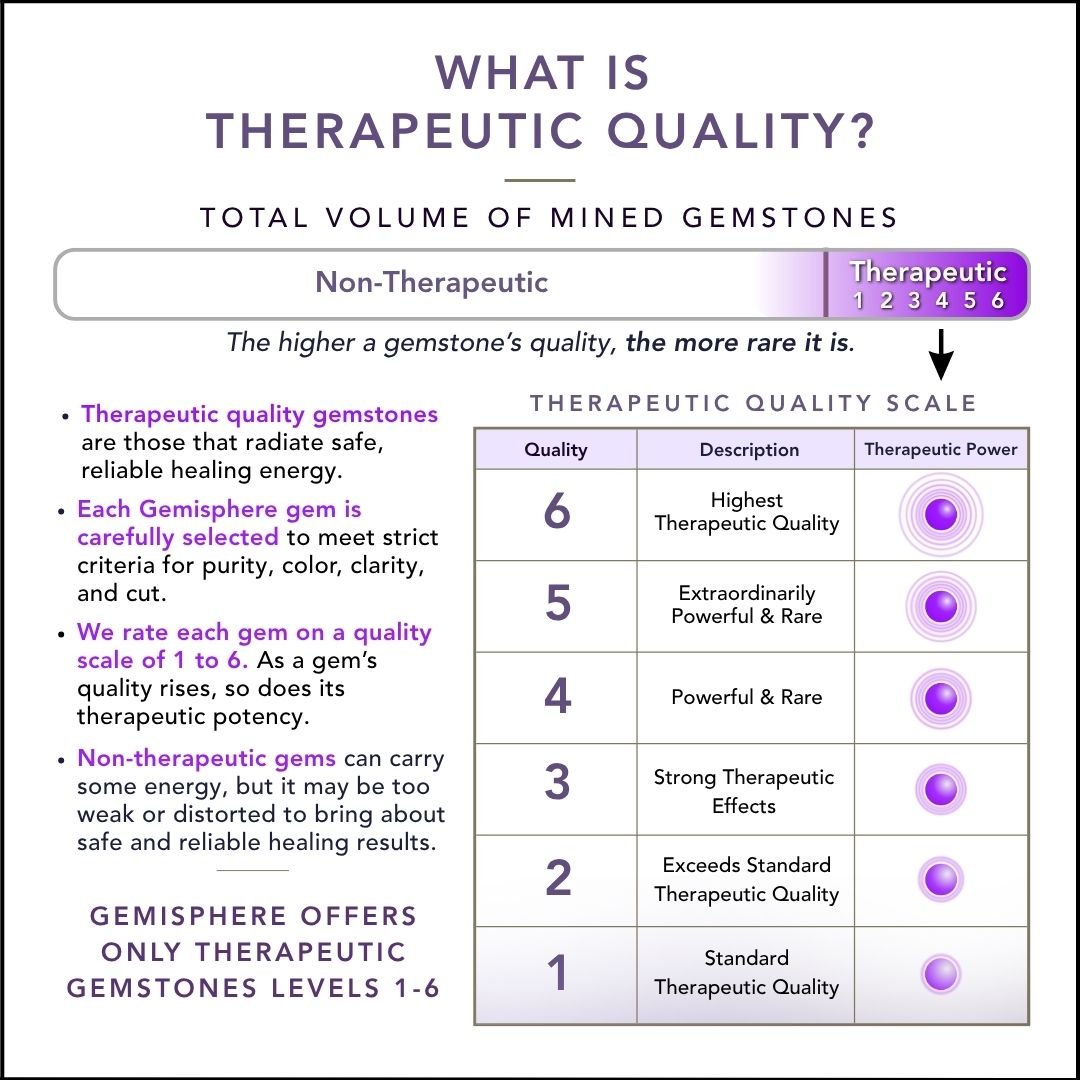
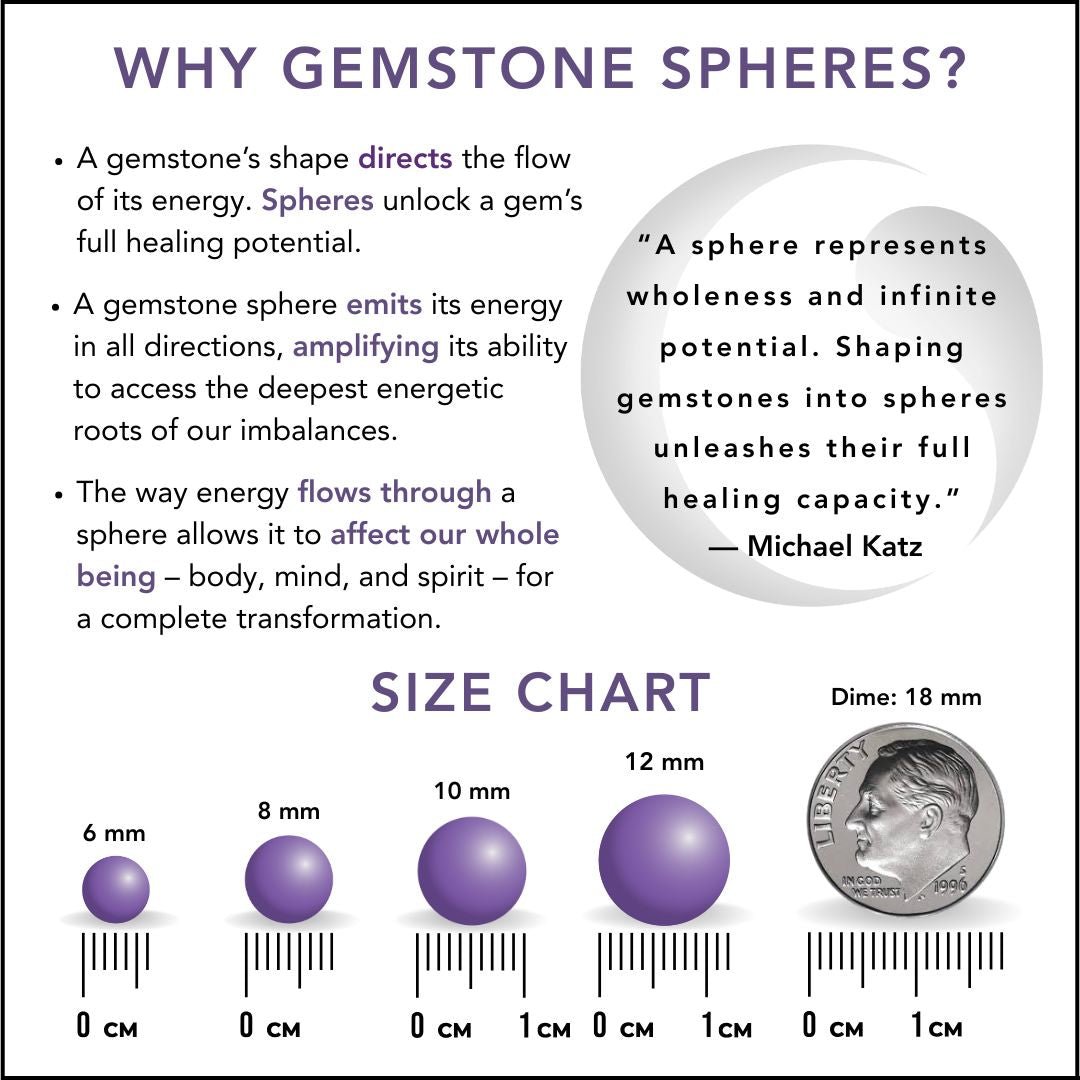







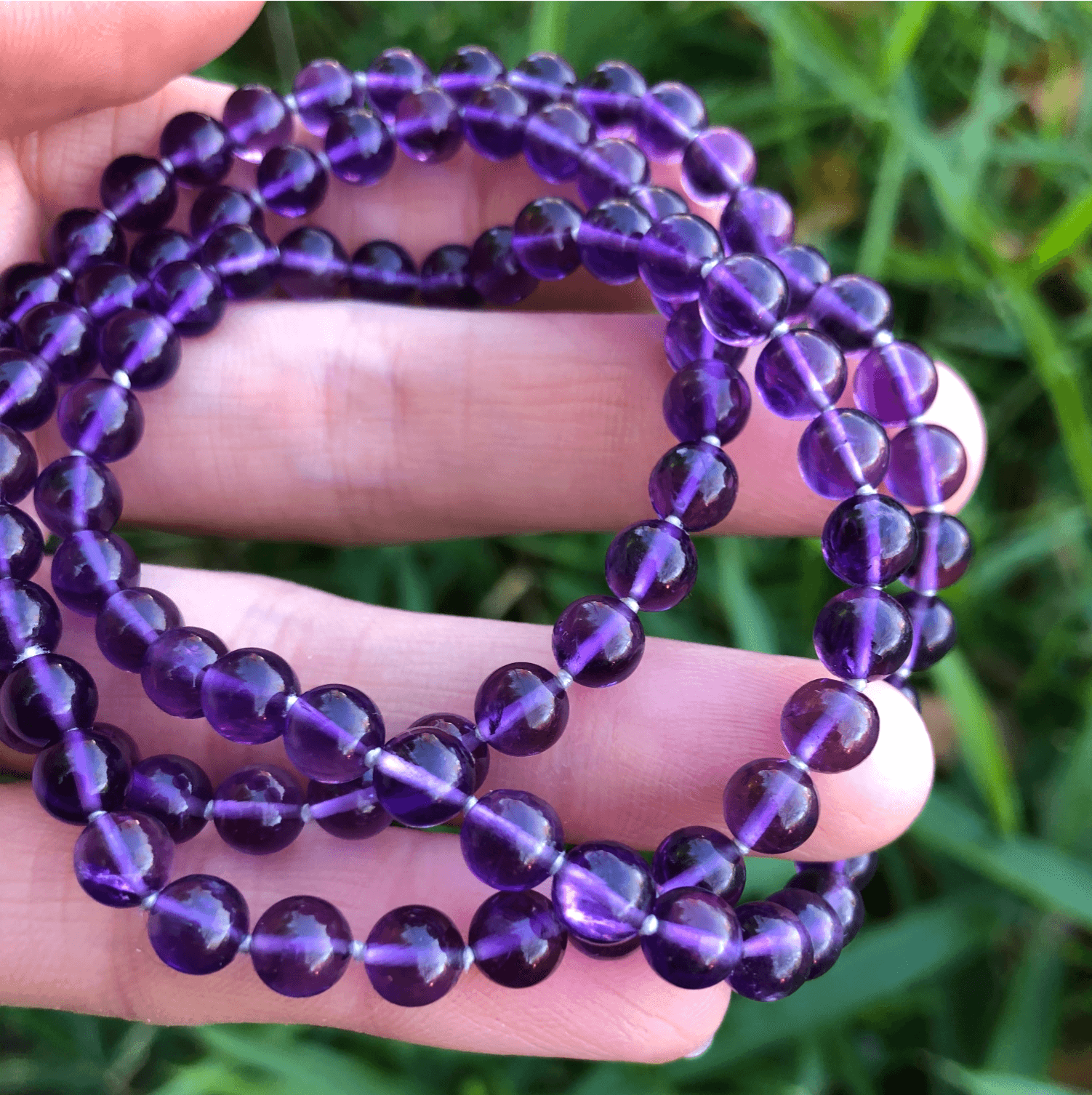
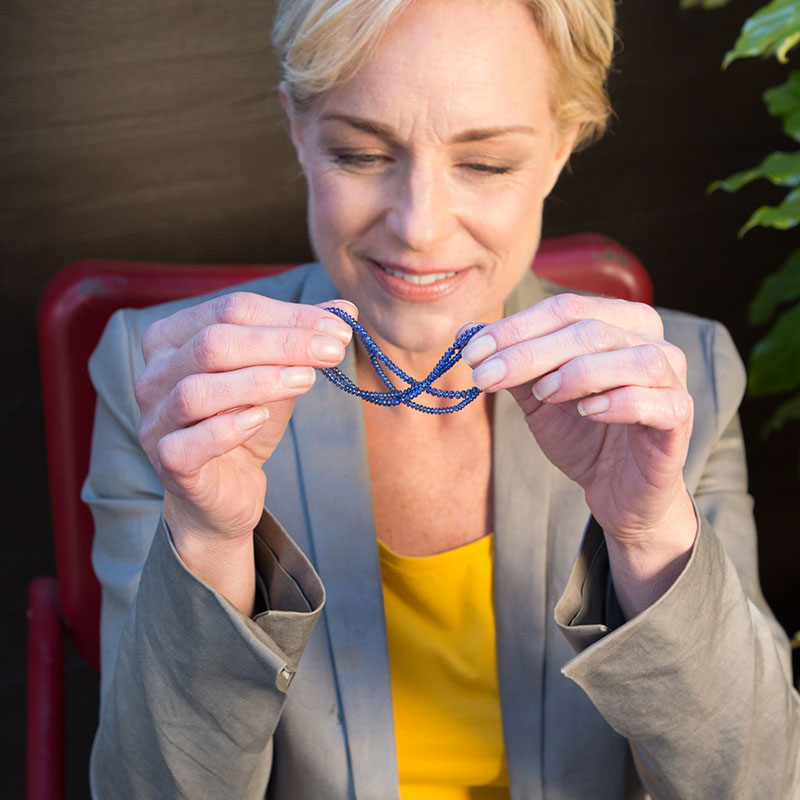


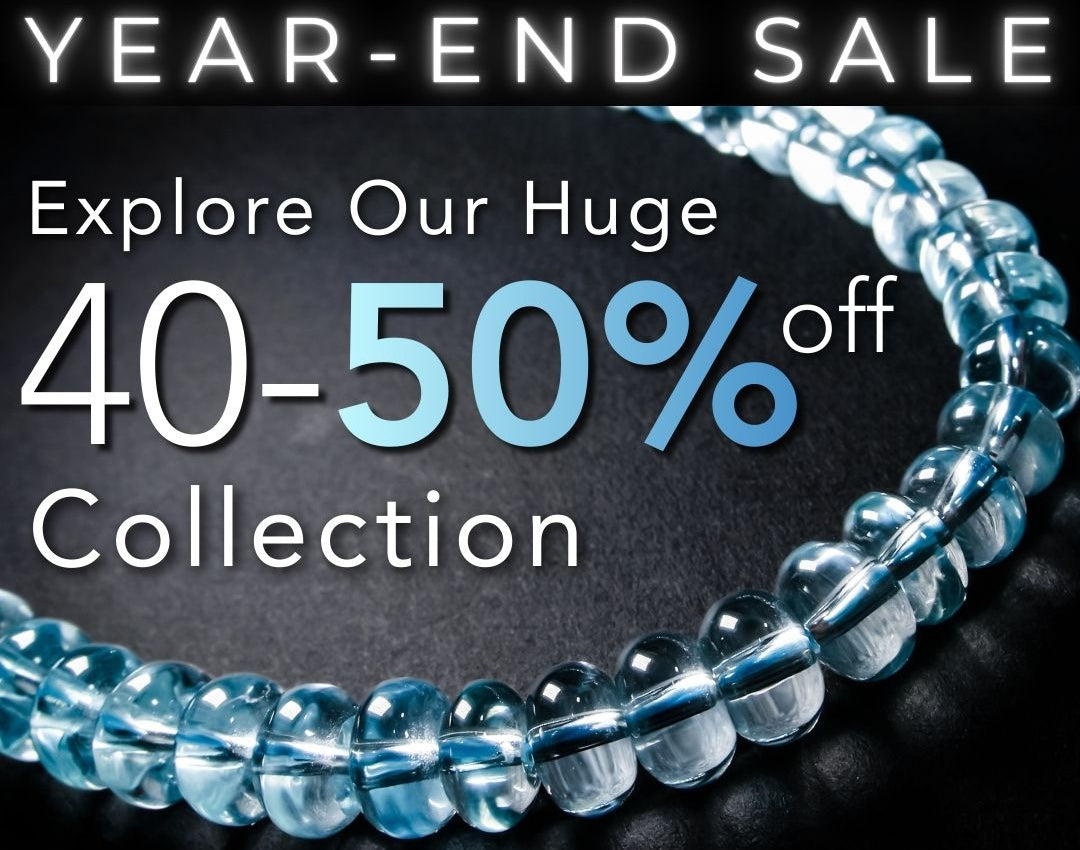
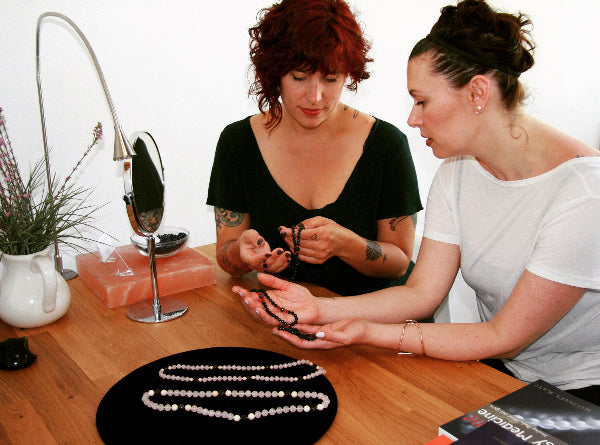
.png?v=172025443311296821881766619793)